 Dark green sofa - a bright accent in the interior of the living room
Dark green sofa - a bright accent in the interior of the living room
How to restore the sofa with their own hands
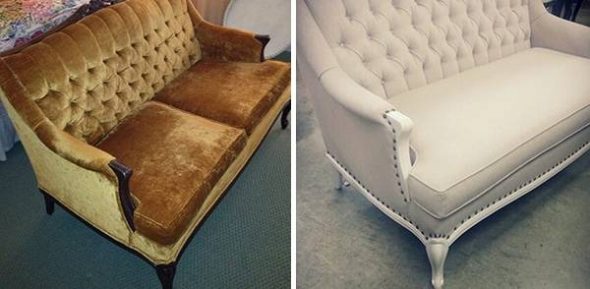
Do-it-yourself sofa repair in classic style
At home, furniture wear is inevitable. The solution to the problem can be the restoration of the sofa with their own hands. Most often require replacement of external elements, regardless of the type and quality of the material. The fabric fades in the sun, is wiped, the foam rubber loses its elasticity and sags.
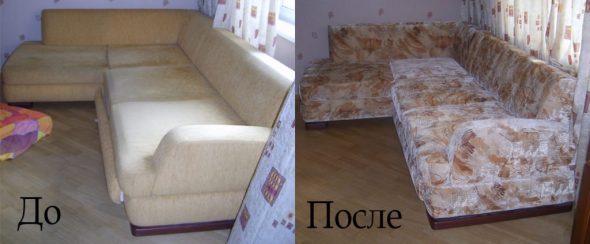
Hauling and small repair corner sofa do it yourself
Advantages of DIY restoration:
- material purchase is much cheaper than new furniture;
- the preservation of antiques;
- the choice of colors and design, for personal tastes and the overall interior of the room;
- independent choice of material for quality, environmental friendliness, cost;
- the possibility of taking into account the weak points of the old sofa, their strengthening.
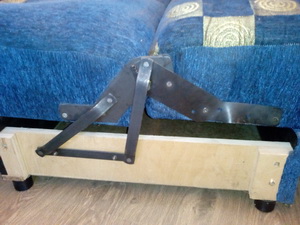
Broken sofa folding mechanism
In addition to external wear, internal breakdowns occur over time. A creak appears somewhere, the folding mechanism does not work, springs break through.
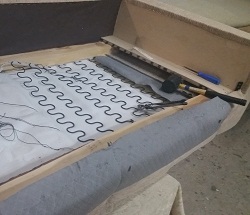
Repair the internal filling of the sofa - replacing the springs
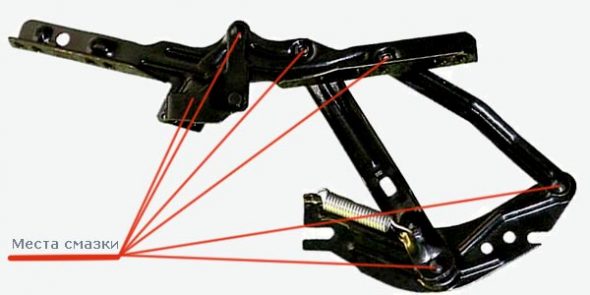
Lubricate the creaking parts of the folding mechanism
The wooden base may crack, break. To restore the old sofa with your own hands was of high quality, you need to know its approximate structure and methods of repair.
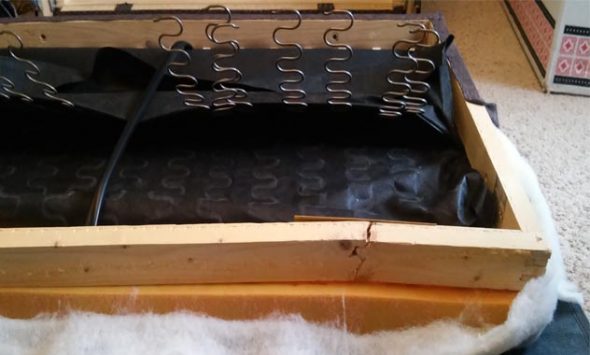
Cracked bar - part of the base
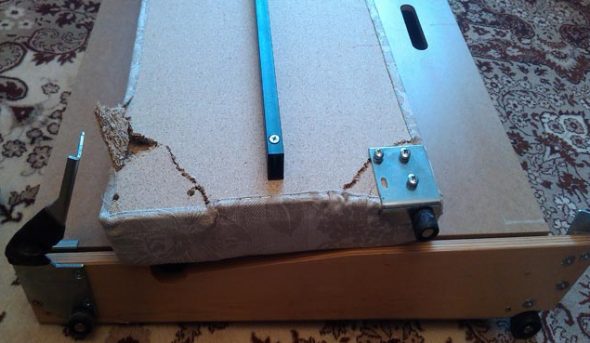
Bed base requiring replacement
Content
Ways of restoration
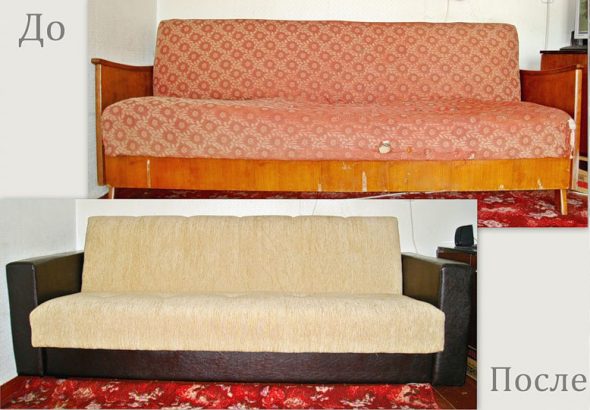
Restoration of the Soviet sofa - a new life for old furniture
Conventionally, the sofa can be divided into four parts. This is a wooden base of solid wood and chipboard, steel springs and folding mechanism, filler (foam rubber or batting) and upholstery (fabric, leather, leatherette), decorative elements (wooden lining, buttons).
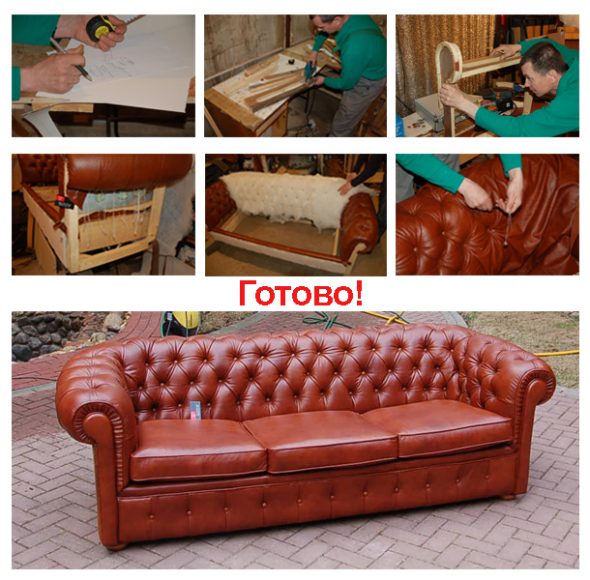
The process of constricting the soft sofa step by step
There are several ways to restore the sofa do it yourself, depending on the complexity:
- minor repairs of upholstery and decor;
- full replacement of upholstery (hauling);
- replacement of upholstery and filler;
- replacement of upholstery, filler, repair mechanisms;
- complete repair of all parts.
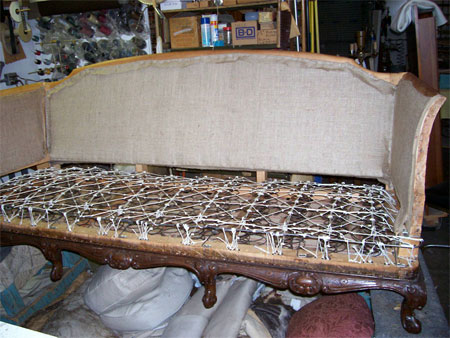
Repair of the spring mechanism, replacement of the filler and soft upholstery of the couch sofa
You should not get down to business, if we are talking about antiques, or the old sofa has complex structural elements. It is also better to entrust the work with capricious materials, such as leather, to professionals, or to change the material for fabric.
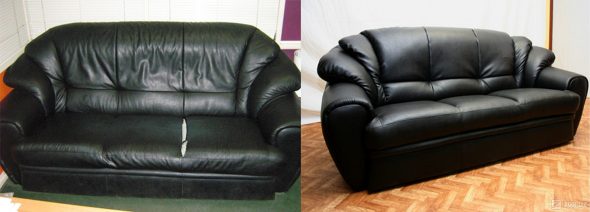
Transformation of a leather sofa after restoration by experts
Required materials and tools
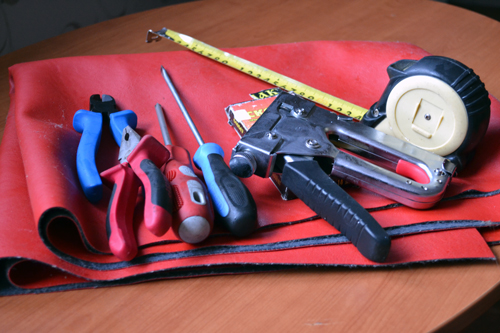
Tools and materials needed for the repair of upholstered furniture
Restoration of the old sofa will take time. This is a creative process that requires desire, tools and good material. Everything you need to repair a standard sofa 180 * 90 is shown in the table. Purchase of filler and fabric for upholstery is best done with a margin.
| Name | Purpose | amount |
| tapestry, velor, or suede | upholstery fabric | 210 * 120 cm |
| Simple monophonic canvas | fastening case | 210 * 120 cm |
| special furniture foam rubber | filler | 200 * 110 cm |
| Thick fabric like carpet | spring block protection on both sides | 370 * 190 cm |

Materials and accessories for the repair of the sofa do it yourself
The following tools may be required:
- construction glue;
- furniture stapler;
- strong kapron thread, and a needle to it;
- spanner, pliers, screwdriver;
- jigsaw, in extreme cases, a regular saw (if chipboard replacement is required).
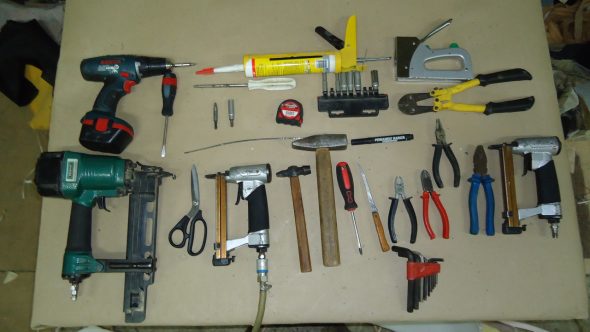
A variety of tools for furniture repair
Fabric pre-cut on the cover. It is difficult to sew dense elements, so the fabrication of the material can be ordered by a seamstress. In order not to be mistaken with the size, use the old fabric as a pattern. When cutting, be sure to leave 5-10 centimeters for mounting, take into account the height of the seat (back width).
Restoration process: step by step instructions
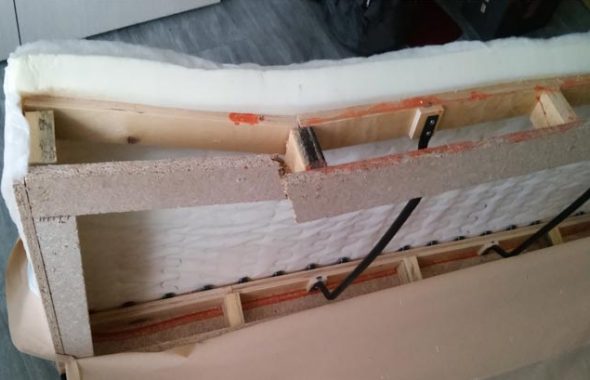
Check the frame and the base of the sofa, make a replacement in case of breakage
Before you restore the sofa with your own hands, you need to check the condition of the main frame. If there are cracked or sagging bars, it is better to replace them. Solid wood repair is rarely required, but the chipboard often breaks. You should not repair it, here it is necessary to completely replace the broken part.
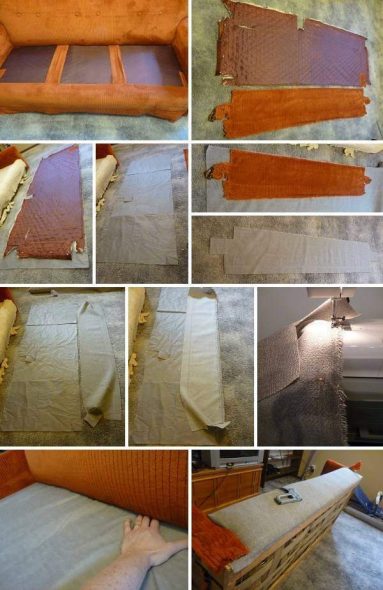
We overtighten the lower base of the sofa, as the template we take the old upholstery
Repair of the backrest, seats and armrests is slightly different, but in general, the scheme of restoration of different parts is about the same.
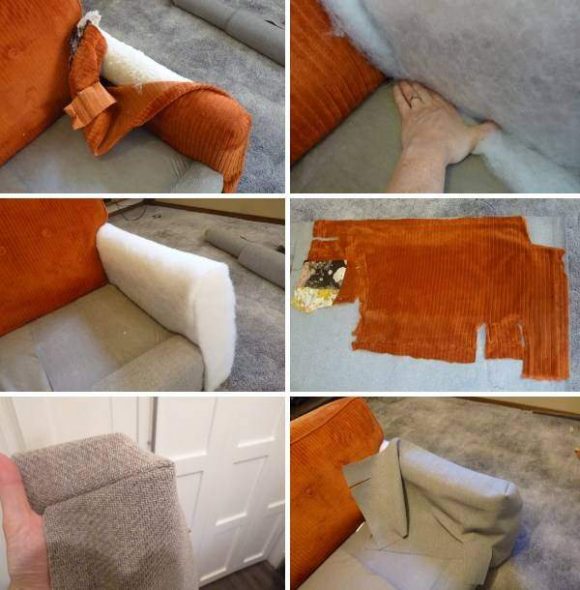
Replace the upholstery on the inside of the armrests, replace the filler and sew a new cover.
The first thing you need to do dismantling:
- remove the side armrests (usually bolts on them are made from the inside, here you may need a hex wrench or pliers);
- remove the seats and backs from the fasteners to the lower frame;
- remove the old upholstery, remove the brackets too;
- carefully dismantle the old filler, check the suitability of reuse;
- remove springs, check their condition, clean, lubricate, replace if necessary, in whole or in part;
- check the state of chipboard, if necessary, replace the sheets.

We replace the outer part of the armrests and connect both parts together.
It is better to put all the small parts from the analysis into one container in order not to lose.
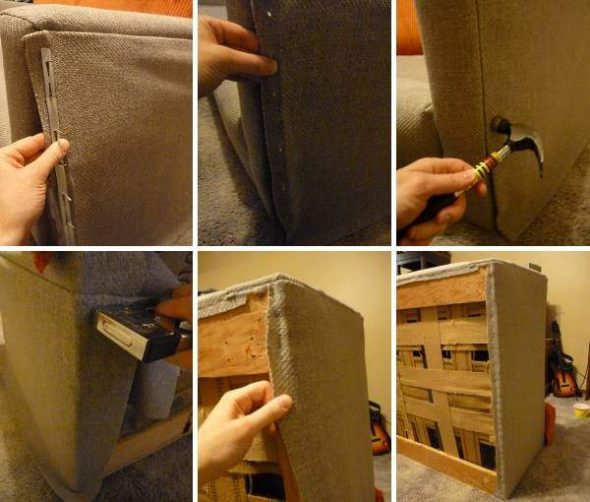
Fix the upholstery at the base, use a hammer and a stapler if necessary
In the second stage, we replace the old elements. For fastening parts is best to use glue and stapler. But if necessary, you can do it with handy tools. For example, instead of a stapler, use small carnations:
- on both sides of the spring block to lay a dense fabric, on each side bend the edges inward and sew with a nylon thread;
- Lay the spring frame on a wooden base, fasten the spring through the cloth with a stapler. If there is no tool, it is possible to make arcuate brackets from steel wire, or from thin nails, hammering the “cap” to the side;
- to lay a new, or suitable old, filler;
- pull off the entire structure with a fastening cloth, in the manner of an upholstery, fasten it;
- put on a new cover, secure with glue and stapler.
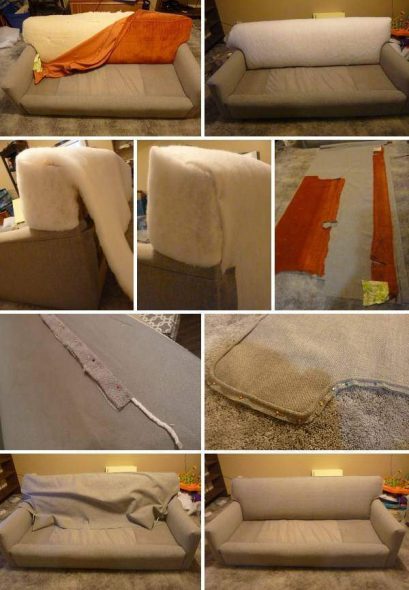
It was the turn of the back of our marvelous - doing the work on the same principle
The final stage - decorating
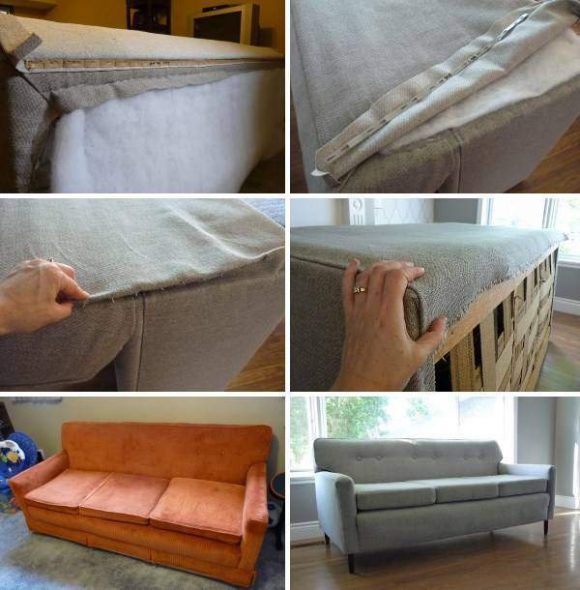
We fix the outer part of the sofa, decorate with beautiful legs and decorate with buttons - we get a great new sofa
Restoration of sofas with their own hands is an interesting occupation, as well as its decoration. Here you can simply lay beautiful pillows, or make a four-sided tie.

Carriage fastener for the back of a new Diana do it yourself
Usually decorate the back in this way, leaving the seats solid. The elements of the tie are simple, you need to prepare buttons, or metal riveting. Cross diagonals can be emphasized with a ribbon. In order for the foam to lie flat, it is necessary at the stage of replacement to cut out small circles from the filler - spaces for future buttons. Then, cover with fabric and sew the selected items. To tighten the buttons, you can use a stapler, or strong threads, tightening them on the other side.
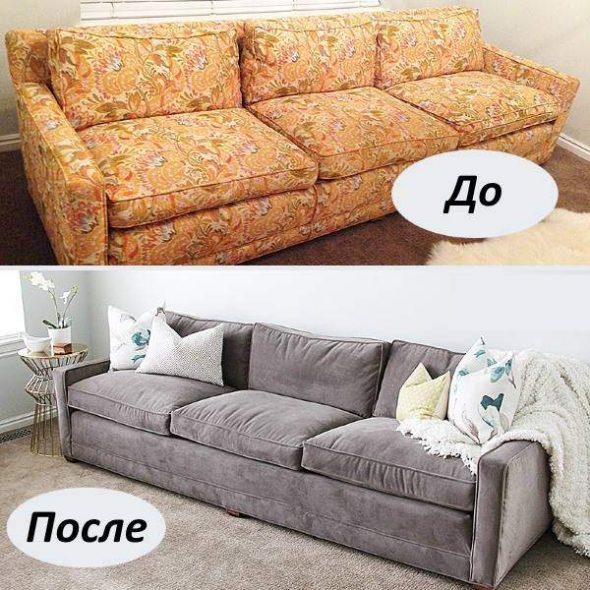
DIY repair of upholstered furniture
If the design contains elements of wood, on the front of the armrests you can glue the figured wooden array in color.Then all the details of the furniture are going back. It is important to check all the fasteners so that nothing goes away during operation That's all, the restoration of the old sofa is finished!
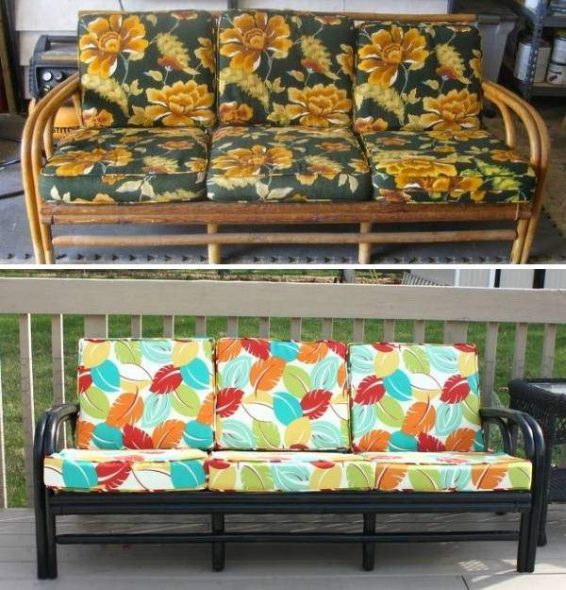
Restoration of the old sofa - photo before and after waist
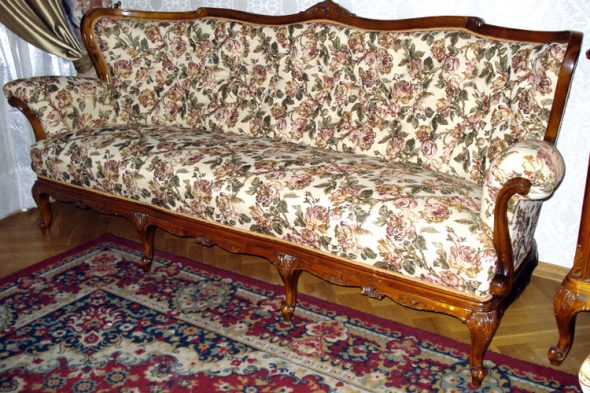
Antique soft sofa with wooden elements after restoration
Video: sofa repair with a design change. sofa restoration. timelapse
 Dark green sofa - a bright accent in the interior of the living room
Dark green sofa - a bright accent in the interior of the living room
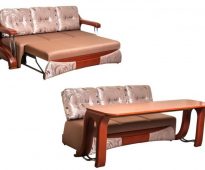 Furniture transformer 3 in 1 - sofa, table, bed
Furniture transformer 3 in 1 - sofa, table, bed
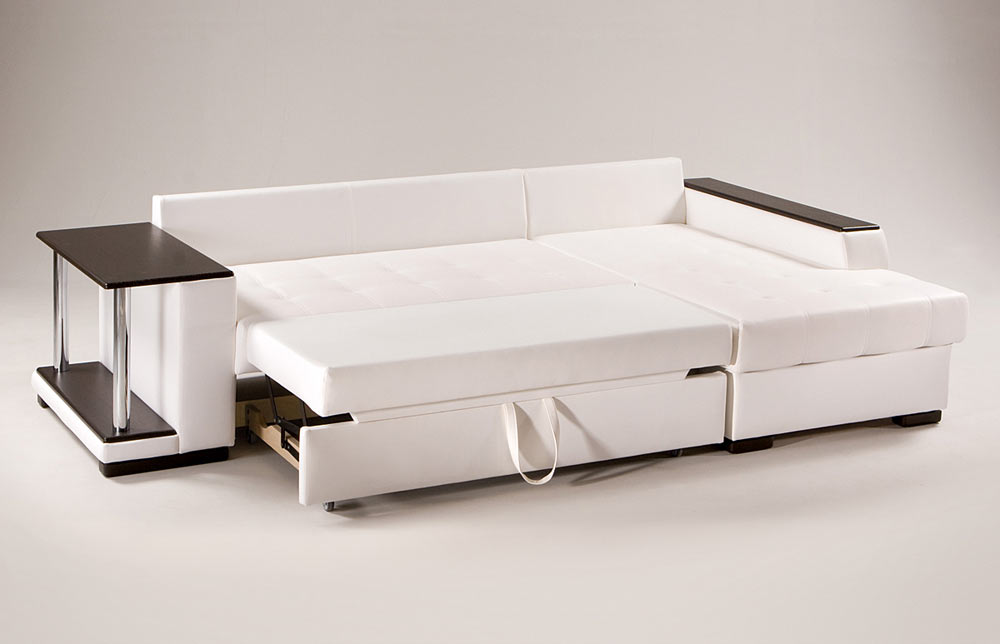 Sofa with the mechanism Dolphin
Sofa with the mechanism Dolphin
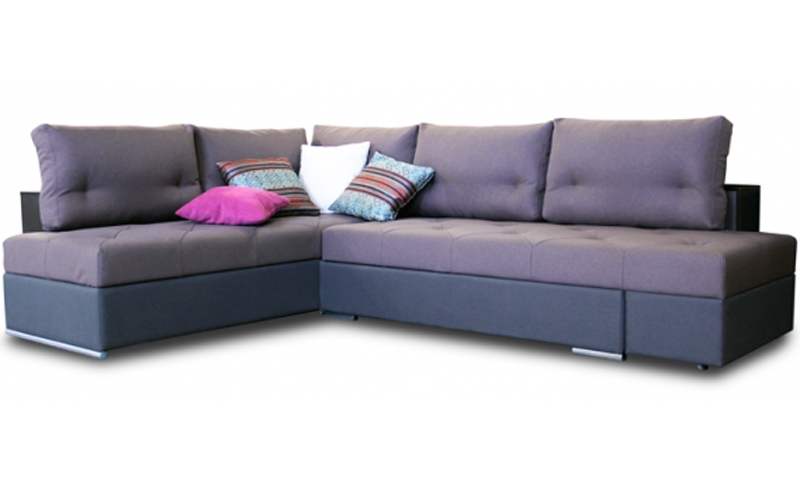 Choosing a corner convertible sofa with a swivel mechanism
Choosing a corner convertible sofa with a swivel mechanism
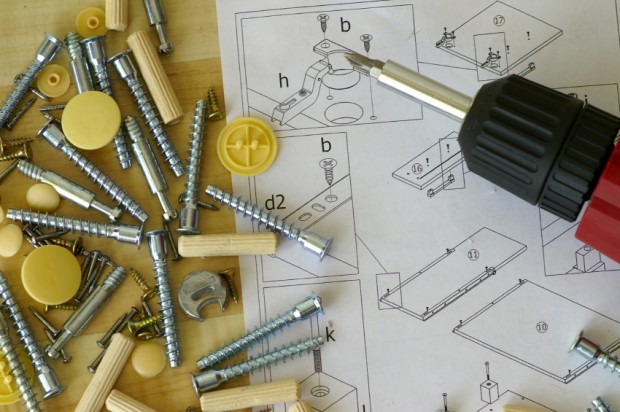 How to disassemble a corner sofa?
How to disassemble a corner sofa?






